MOTHERS AND CHILDREN
NEONATAL CARE IN RURAL SOUTH AFRICA
Malamulela district hospital is located in the Vhembe region of Limpopo, South Africa. 200 kilometres from Polokwane, the provincial capital. Every year about 23,000 newborn babies die in South Africa (based on UNICEF data in 2010) , but the majority of these deaths are easily preventable if hospitals can improve the quality of their neonatal care.
In Limpopo Province, the Limpopo Initiative for Newborn Care (LINC) put in place to set of neonatal care interventions in all regional and district facilities.
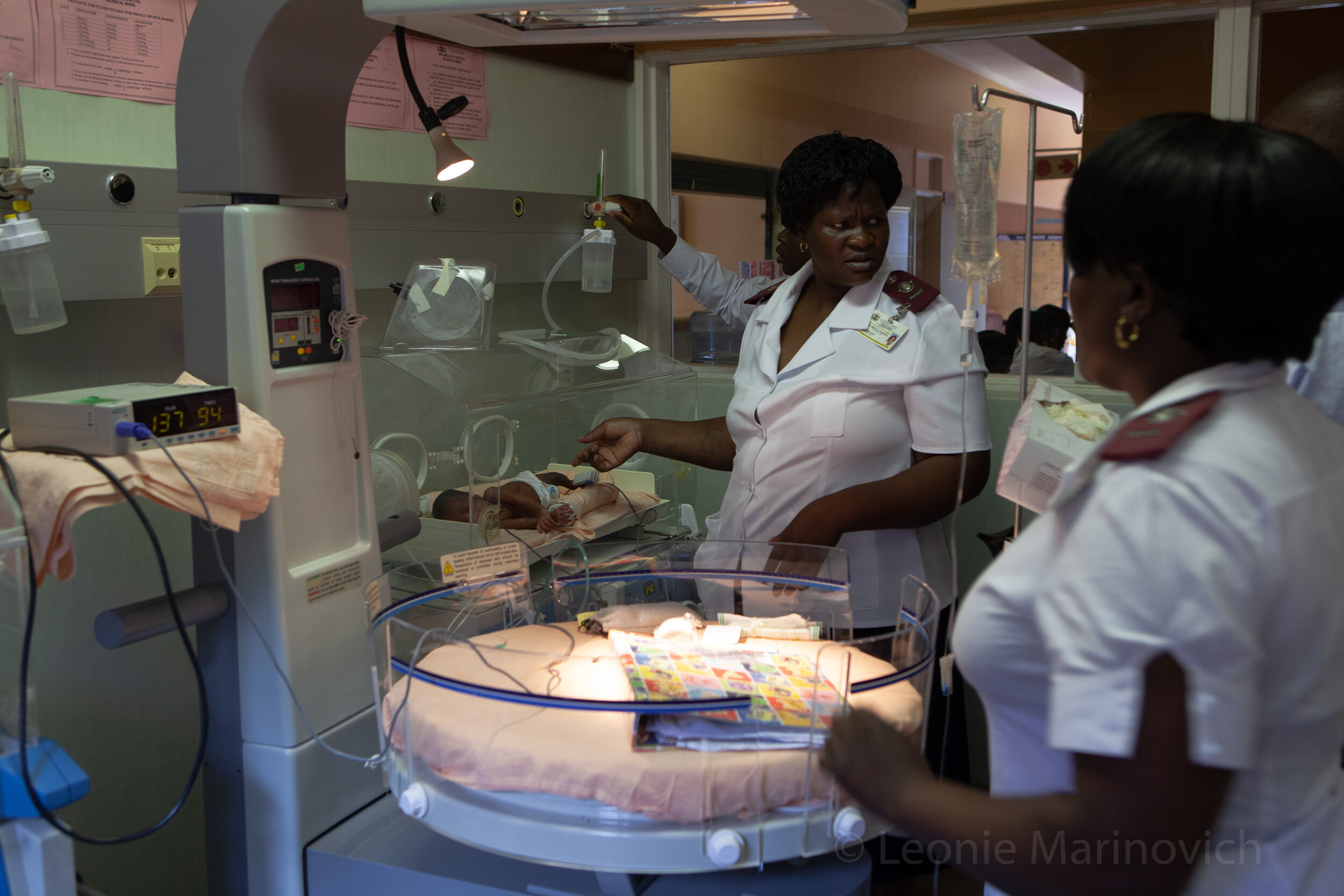
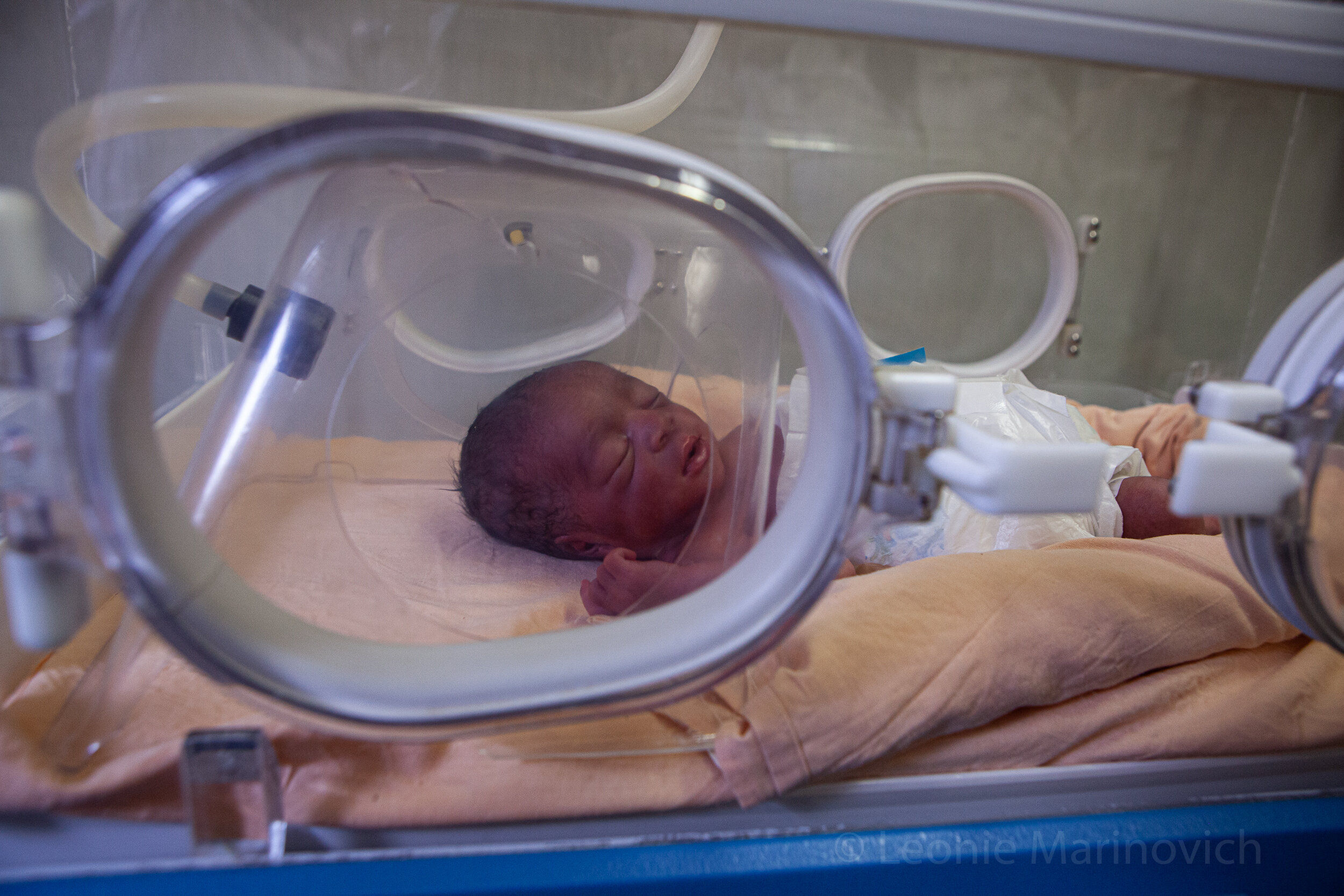
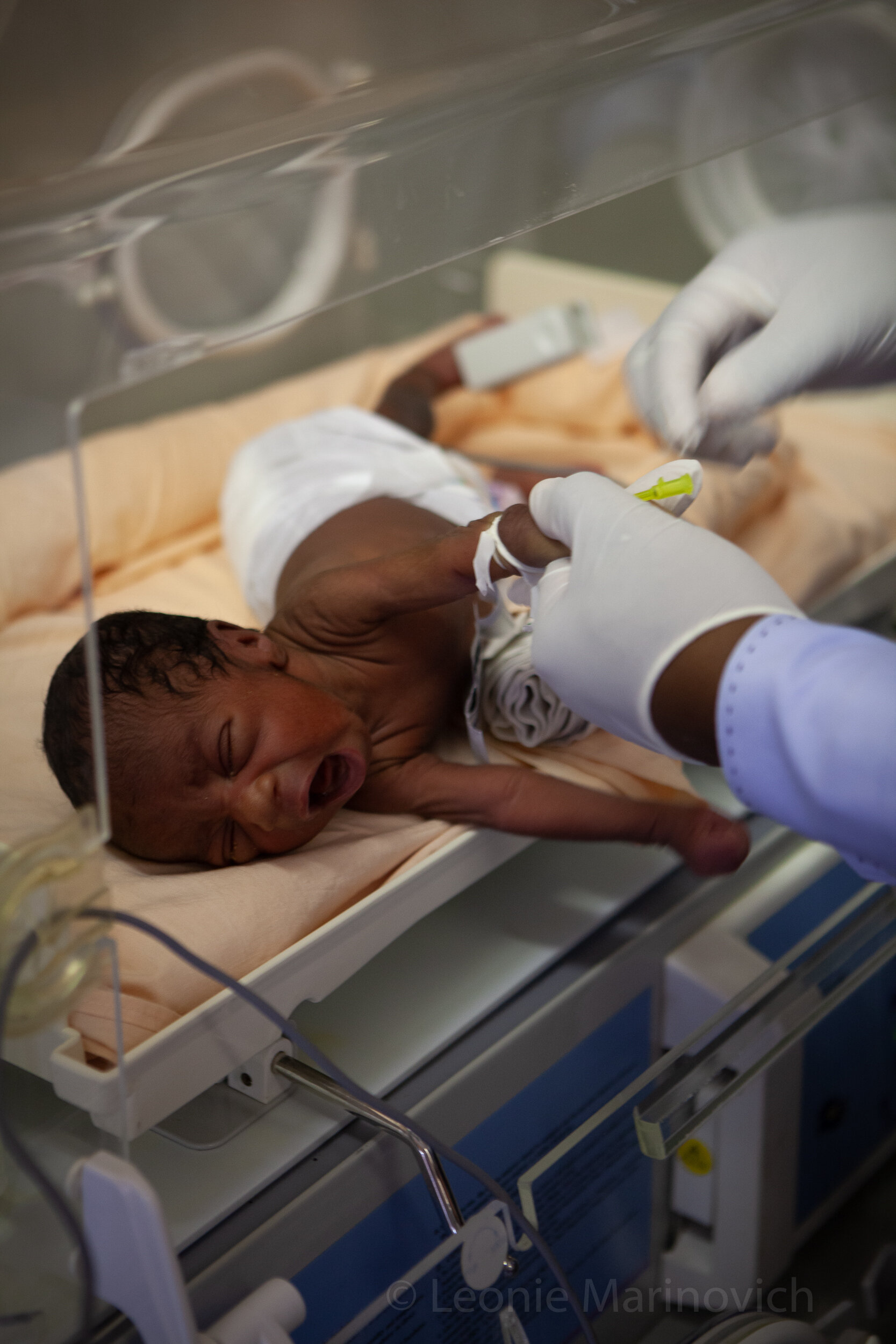
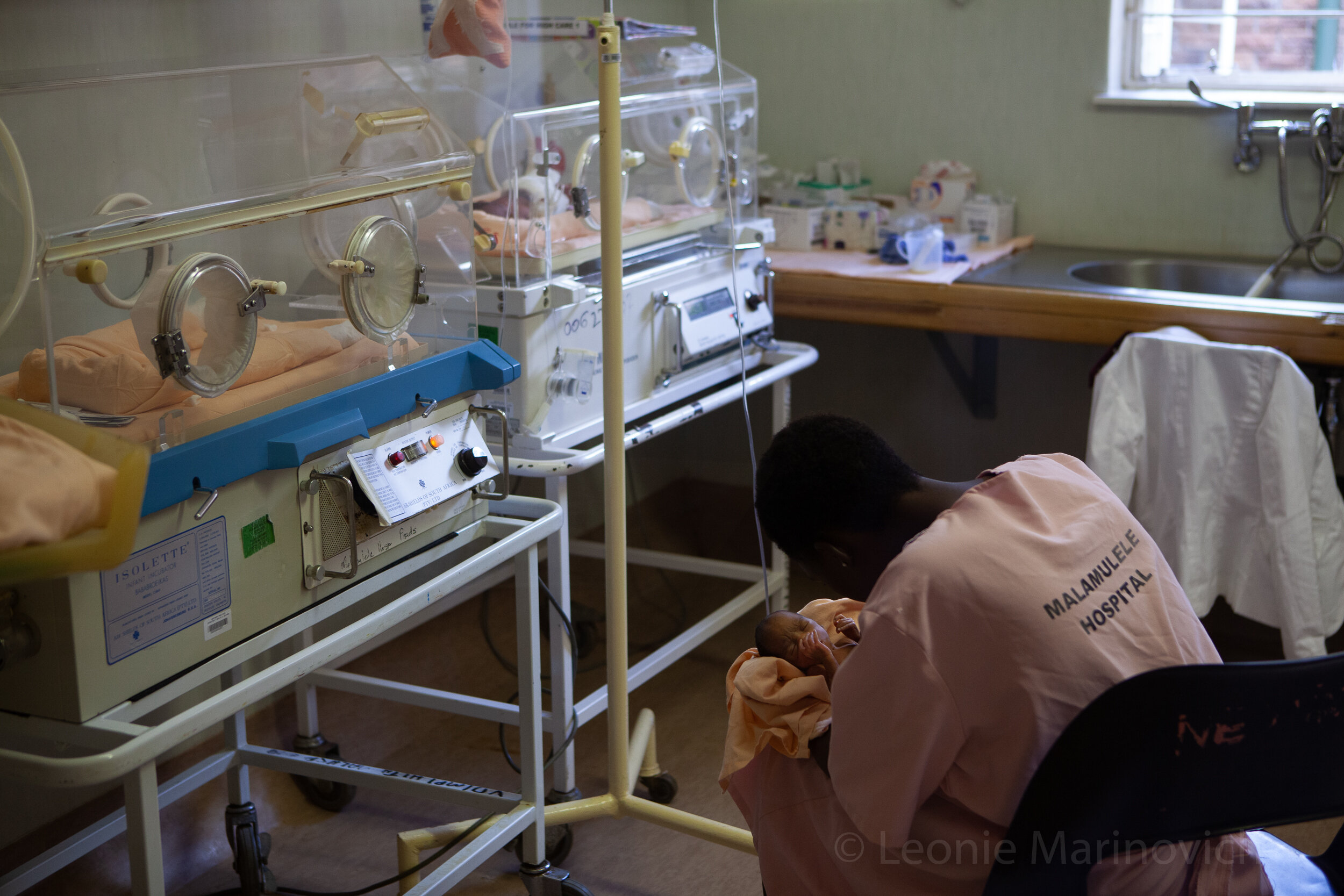
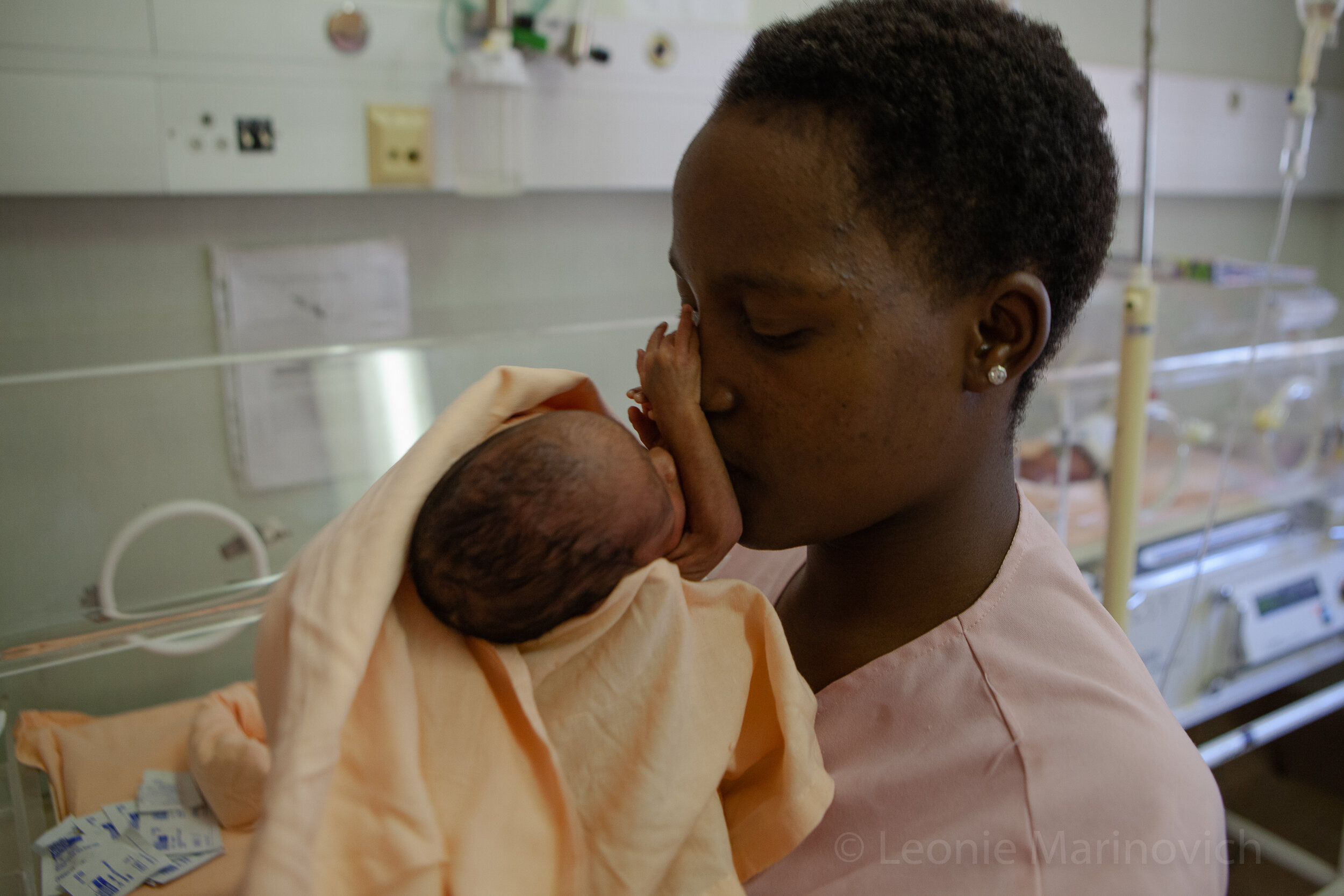
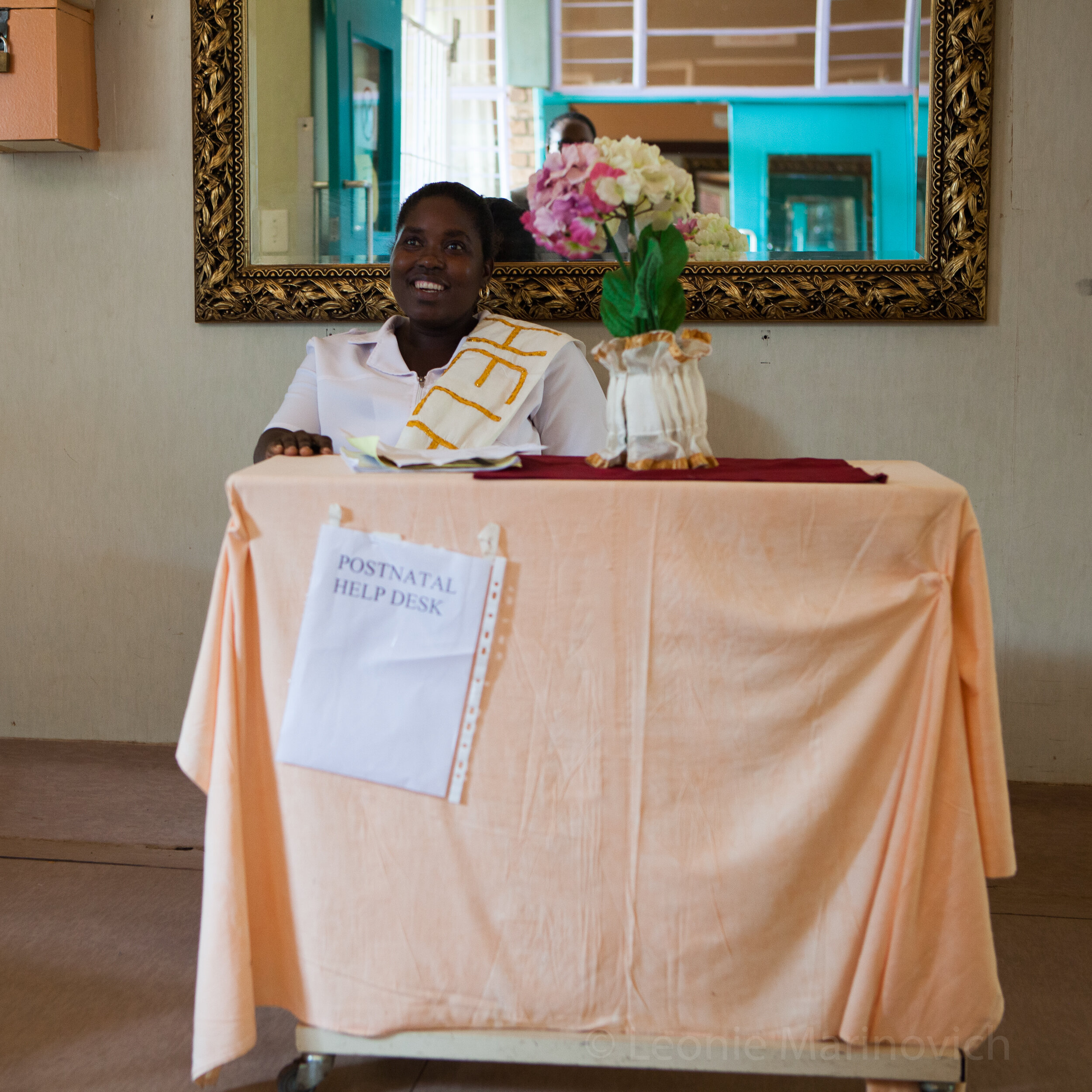
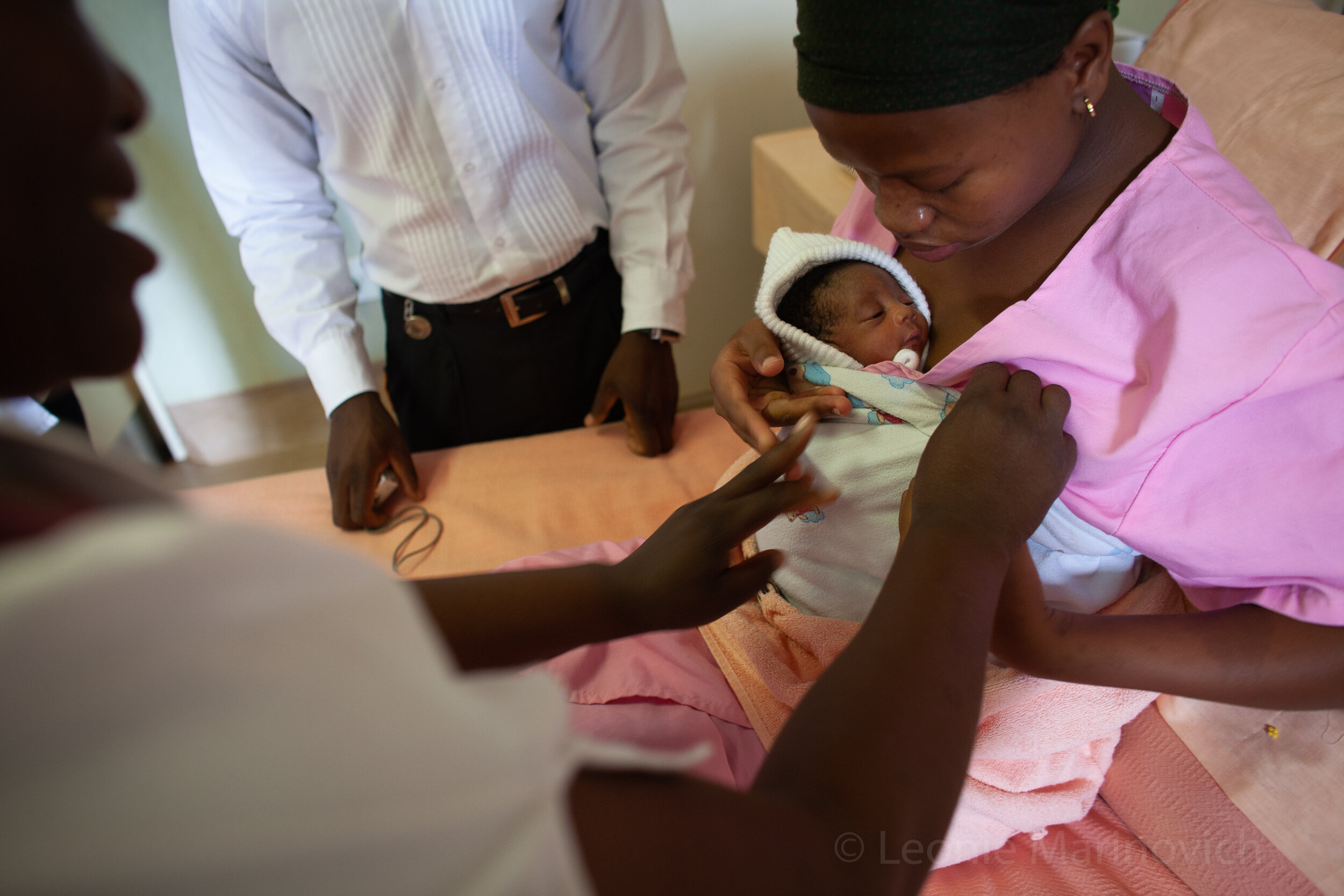

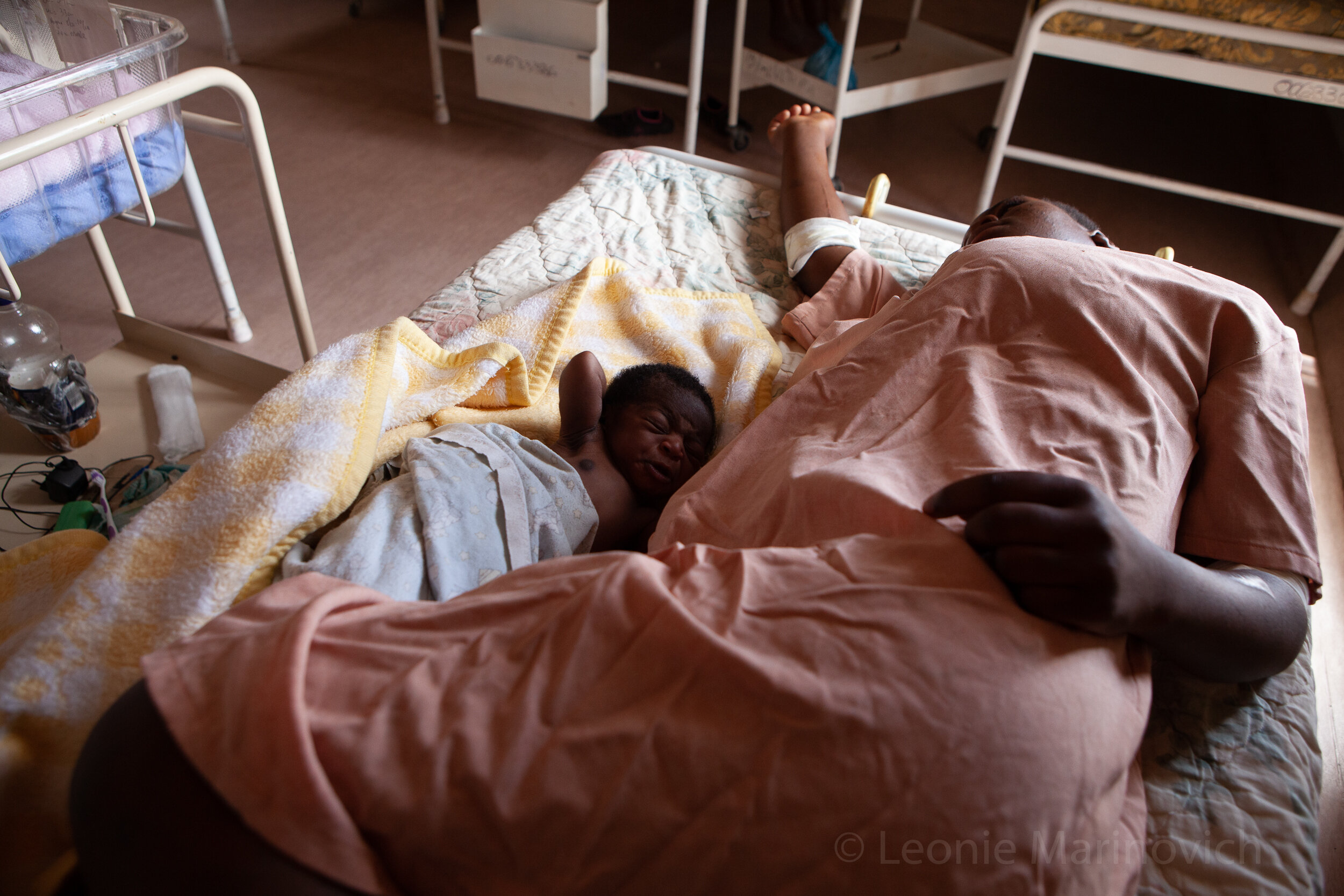
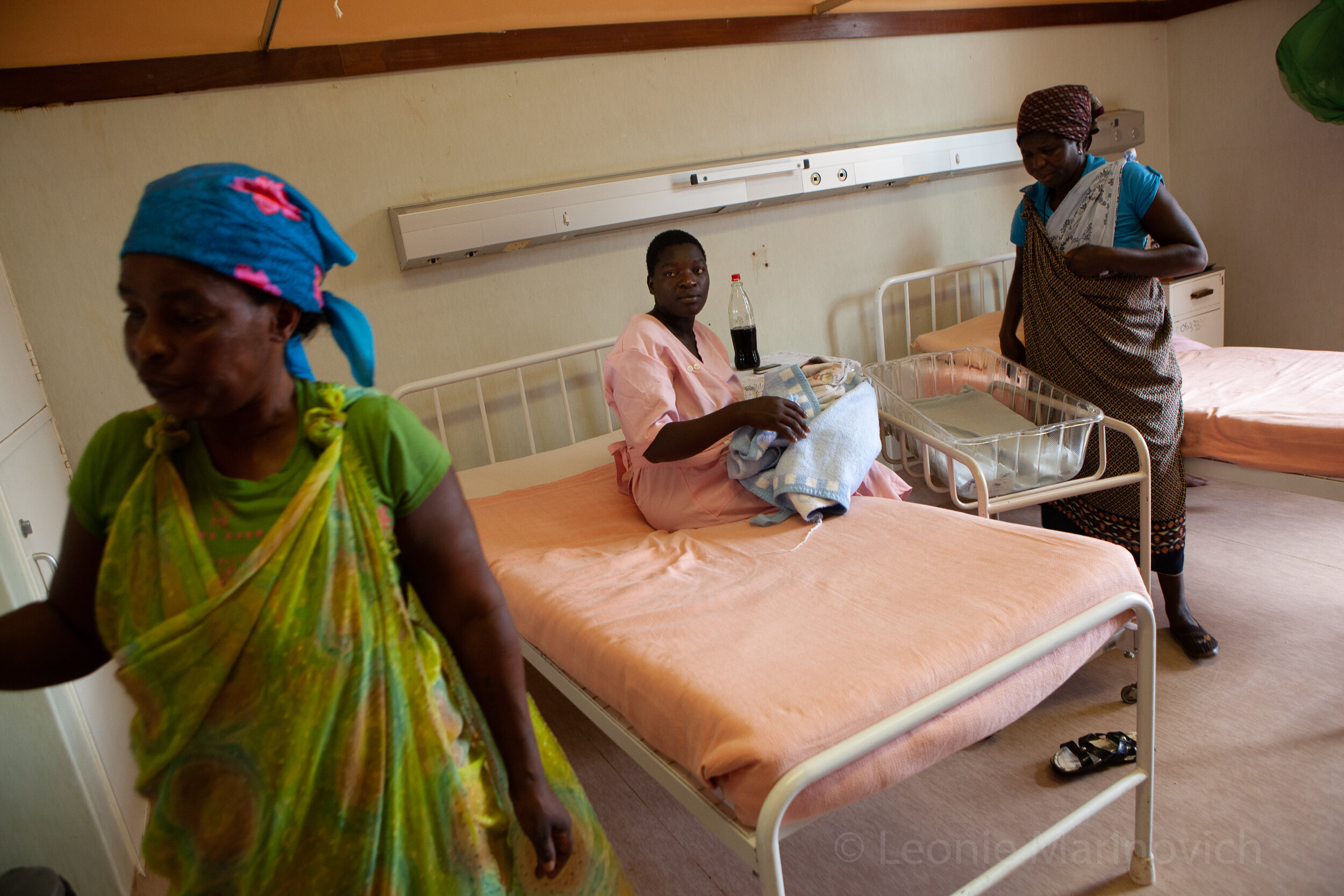
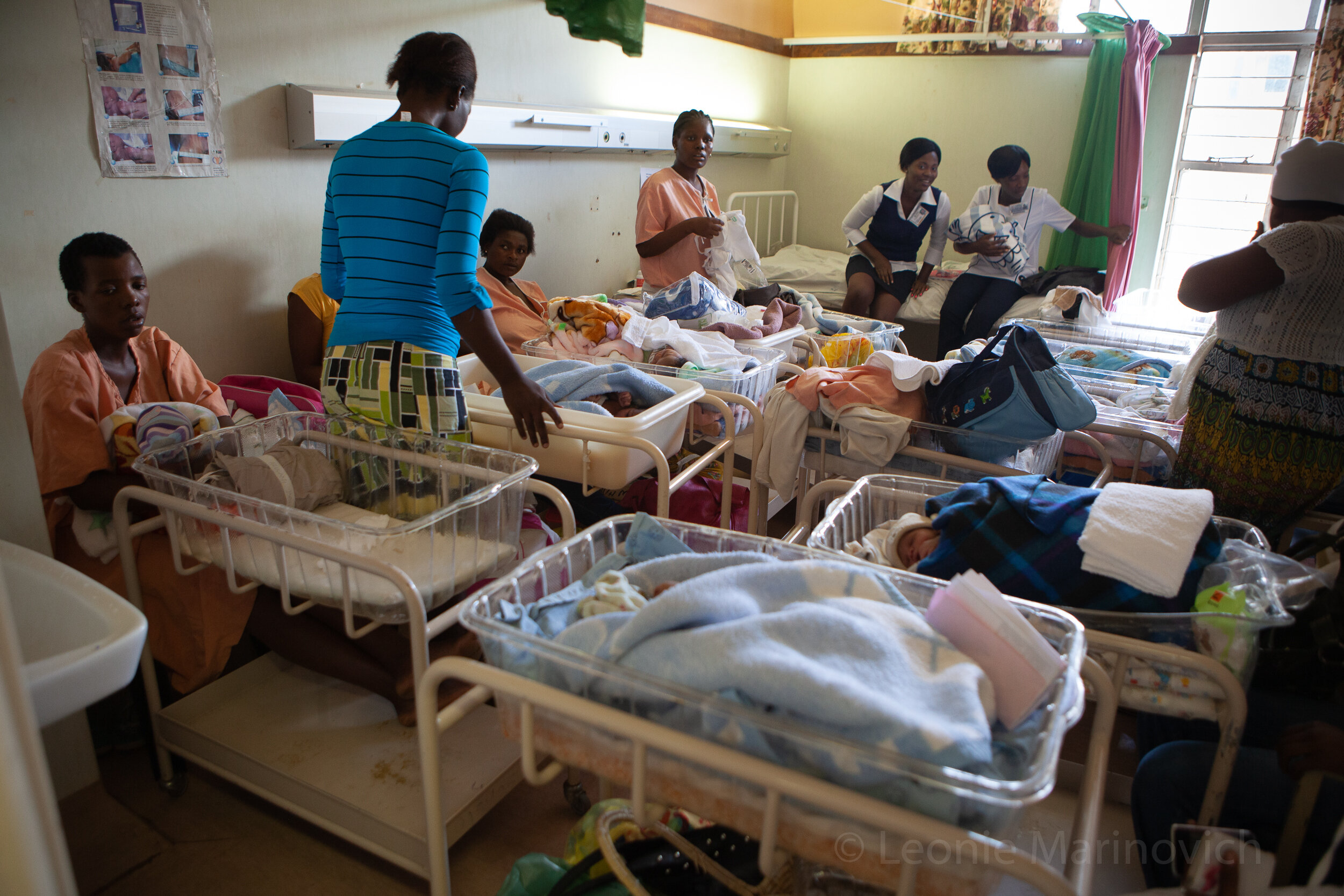
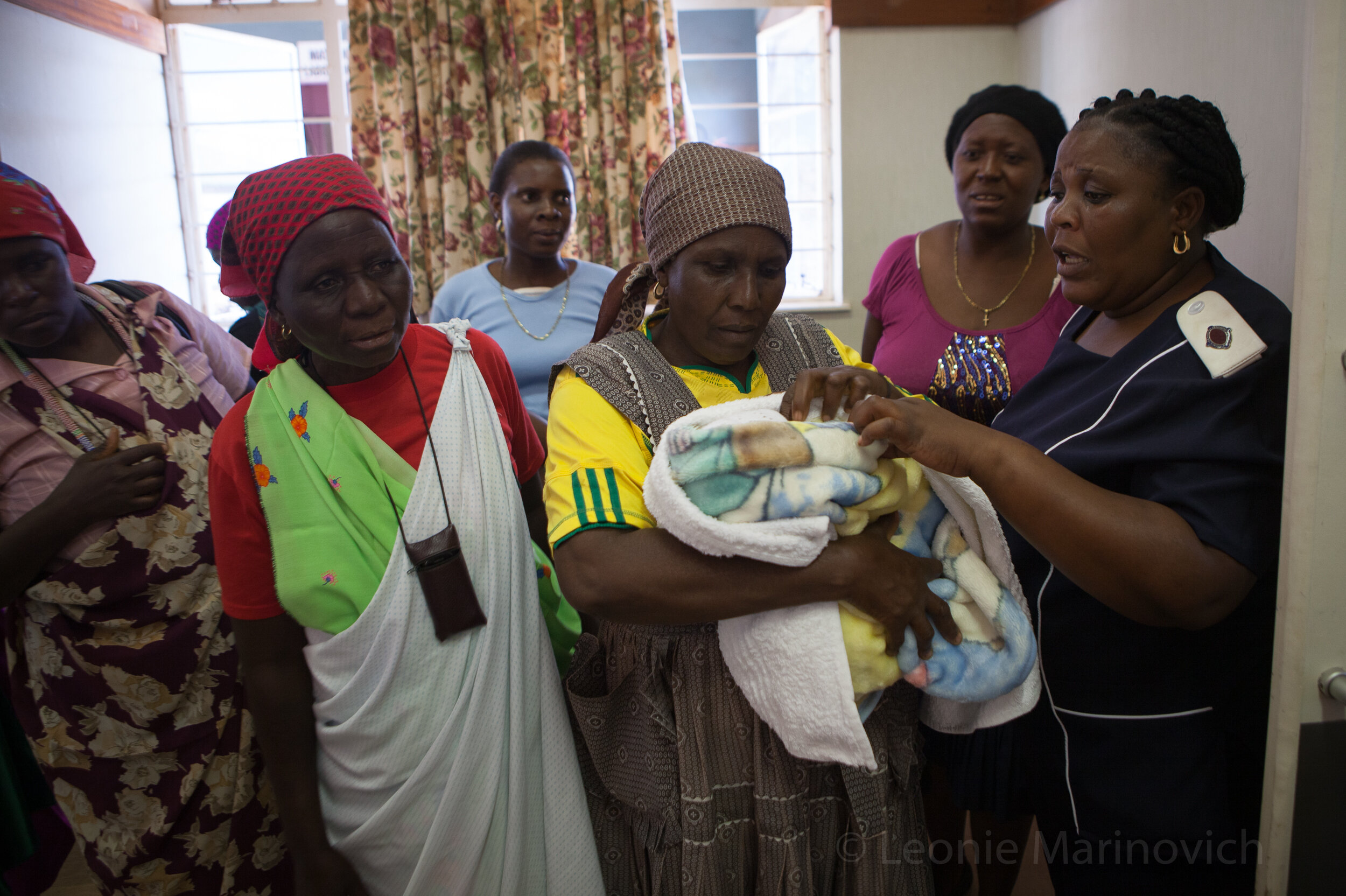
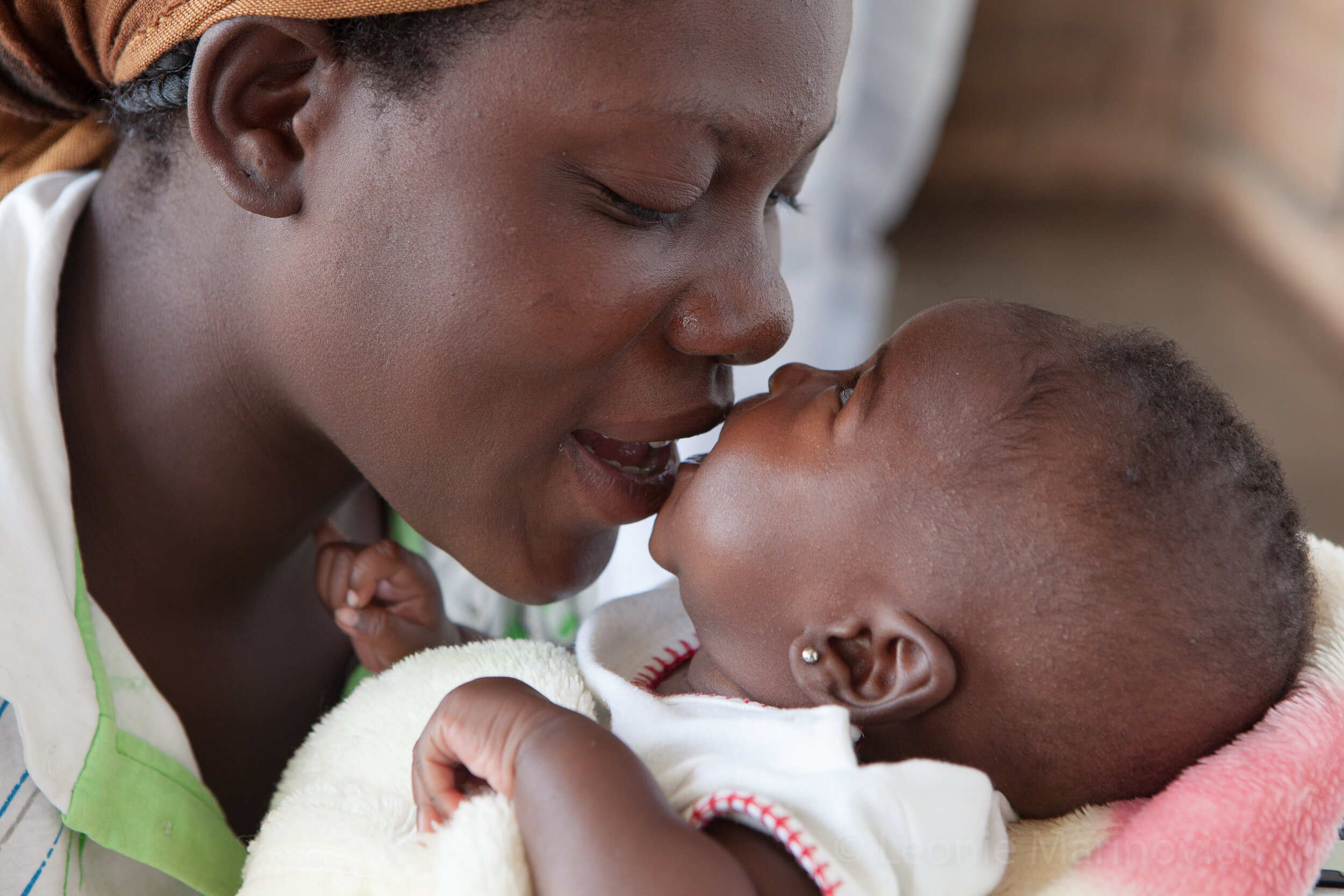
Child Protection
Lunchbox Politics
Every school day morning, Daniel* wakes early to make sure he has clean, pressed clothes to wear to school, then he carefully prepares his lunchbox.
While most 16 year olds have their likes or dislikes, Daniel harbours deeper concerns: if his skaftin or lunchbox just has maize meal and wild spinach, he fears he will be found out as an orphan.
Daniel sees other kids teased mercilessly and ostracized for being deemed orphans, “I am afraid they will laugh at me or treat me badly. I see it happen to other children.” Even those who have a parent, but are too poor to have meat with their pap, are called parentless. [read more]

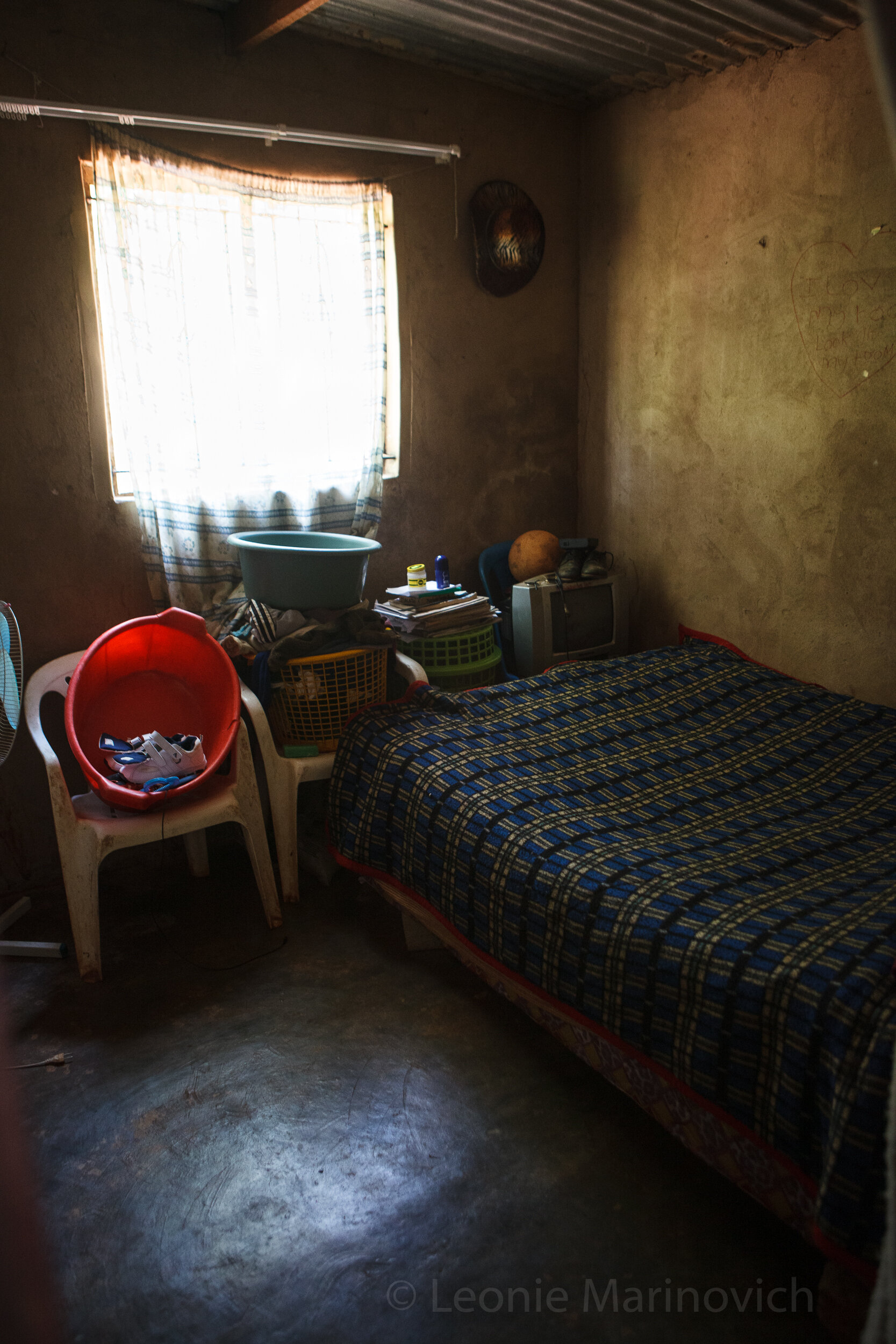
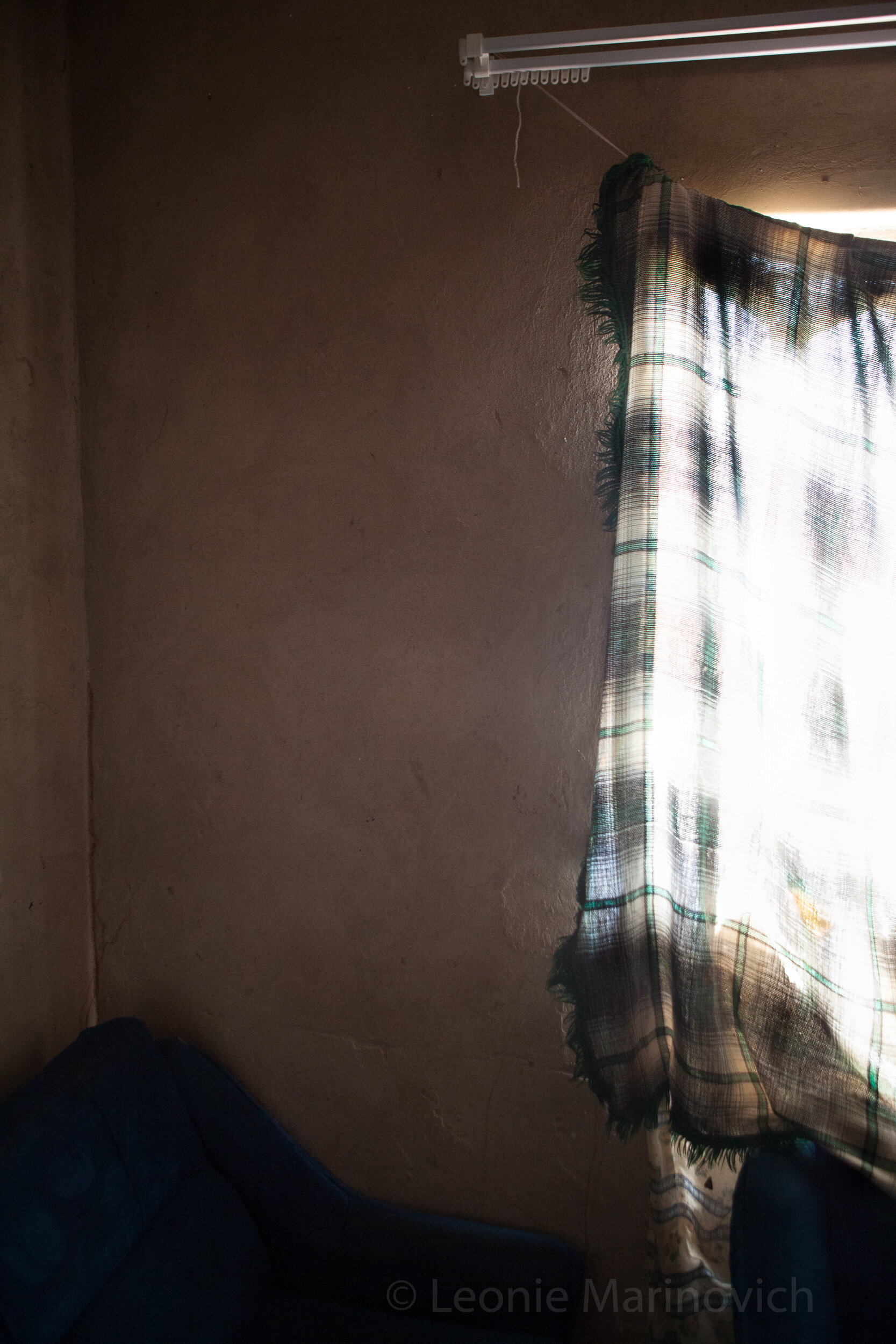
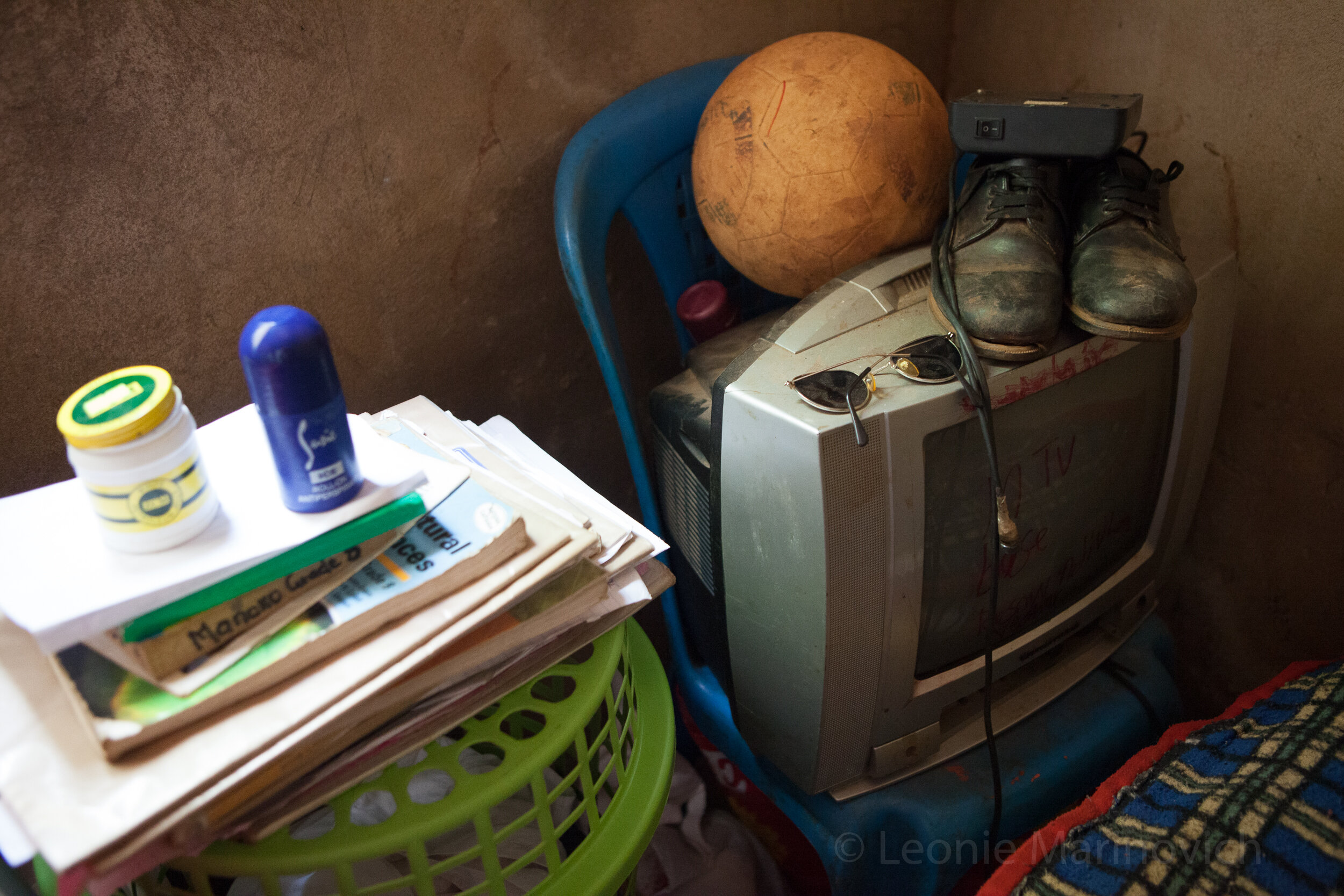
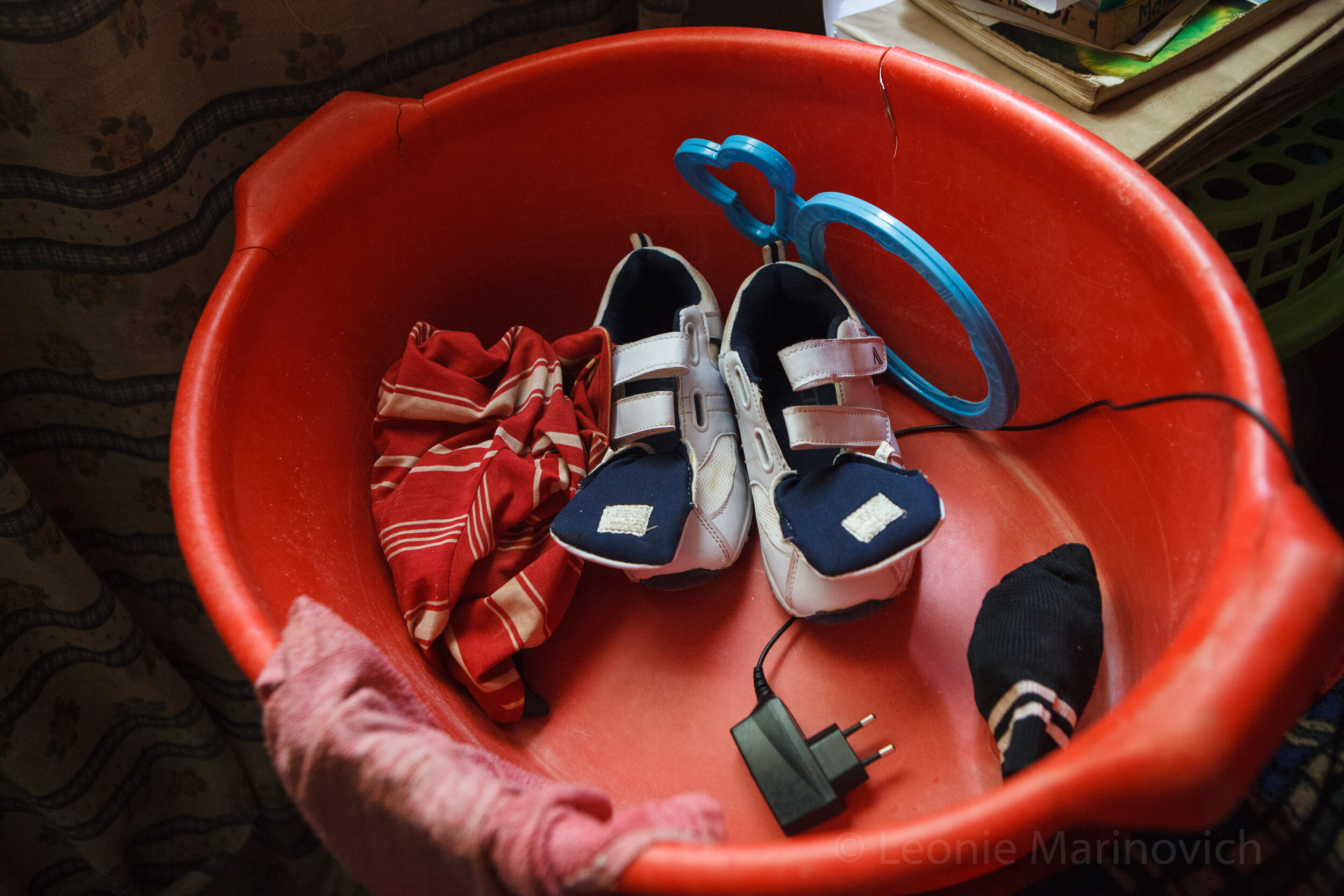
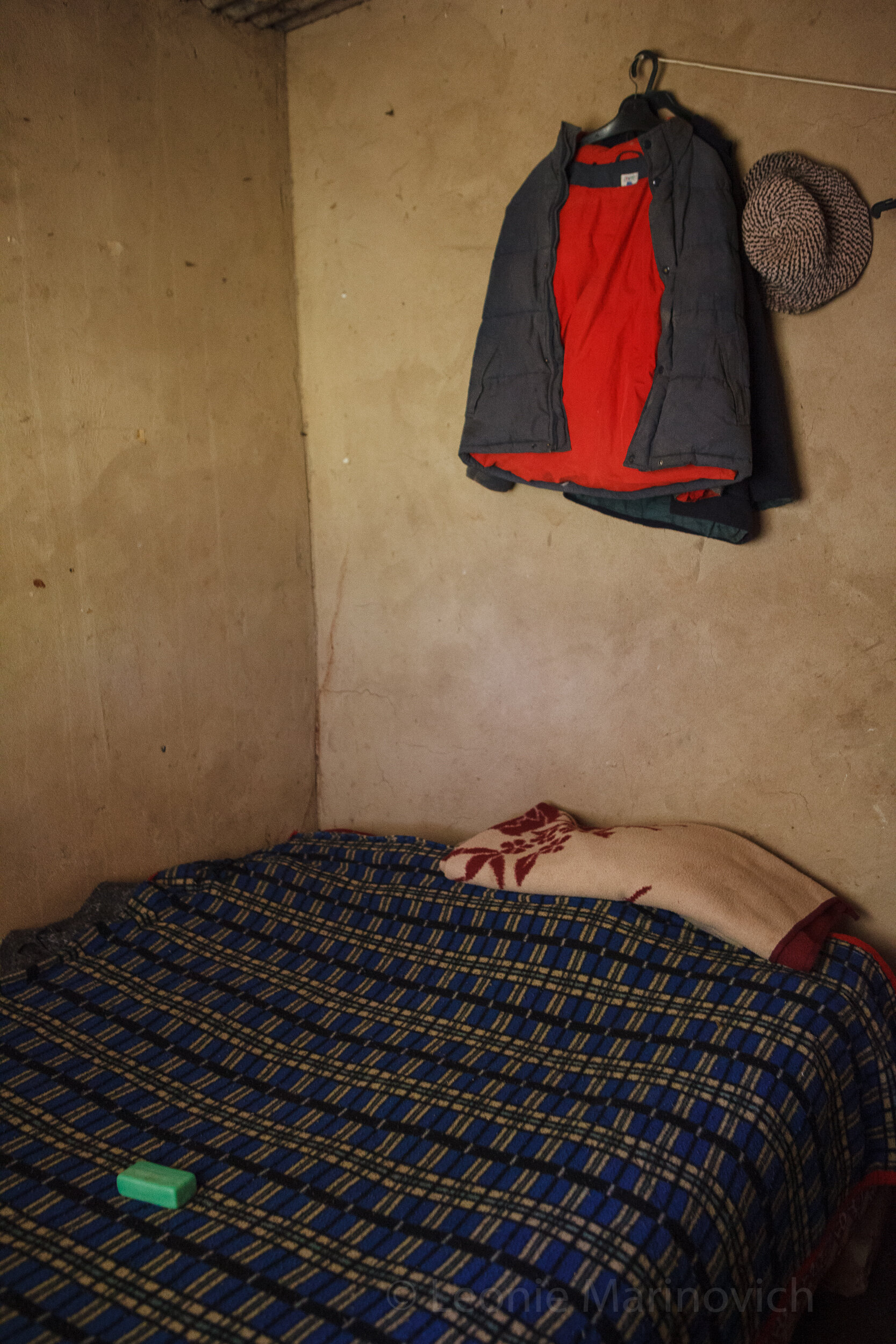

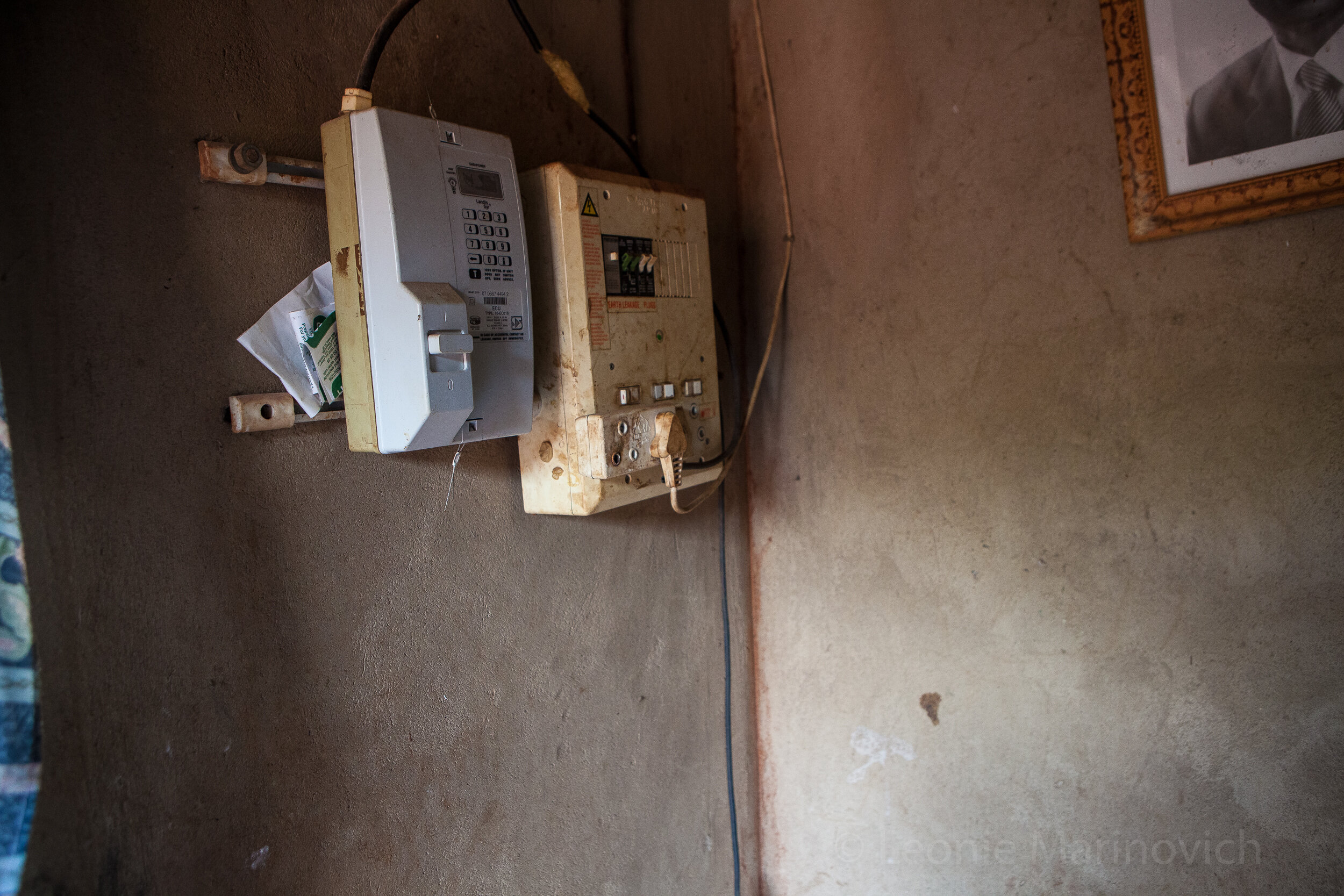
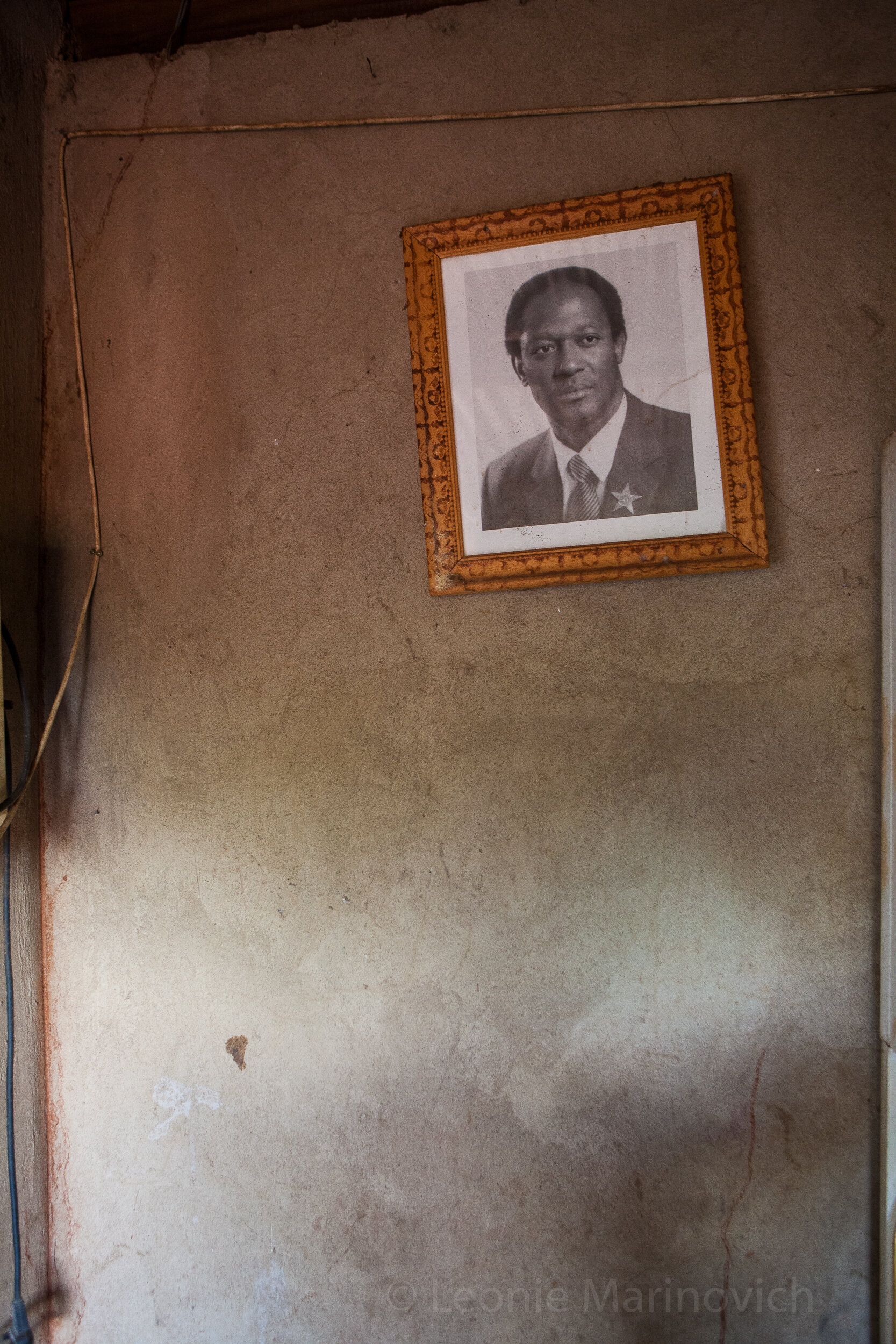
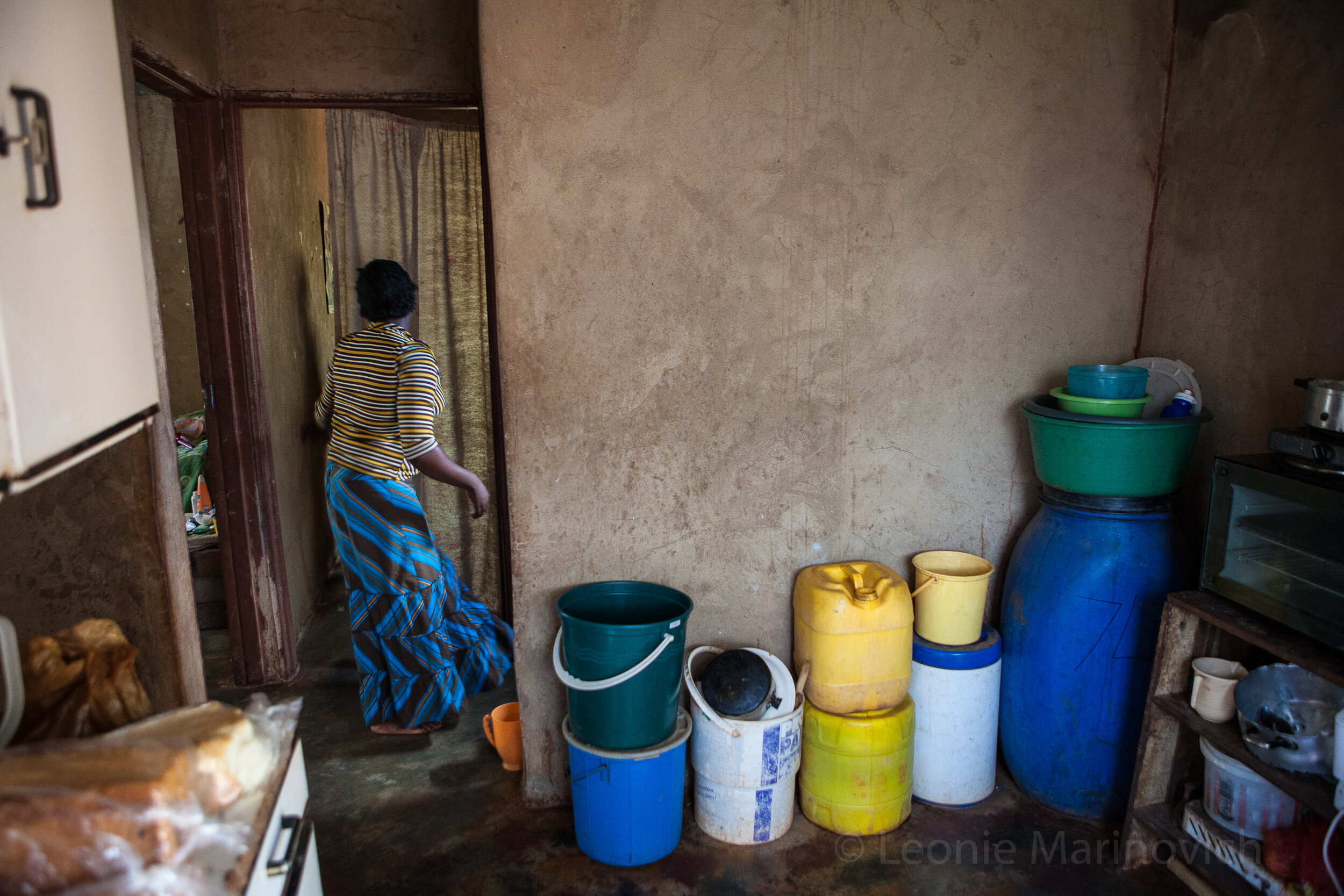

ENVIRONMENT
FROM SOURCE TO SEA
This was a project commissioned by UNOPS that allowed us to travel as a family, from the source of the Orange river (the Senqu) to its mouth on the west coast of southern Africa.
The Orange River rises as the Senqu in the highlands of Lesotho, some 3,300 metres above mean sea level and more than 2,300 kilometres from its destination on the west coast of southern Africa. With a total catchment area of almost a million square kilometres, the Orange–Senqu River Basin is one of the largest in Africa, encompassing the whole of Lesotho and parts of Botswana, Namibia and South Africa. Its many tributaries include the Vaal River in South Africa and the ephemeral Fish River in Namibia.
The basin has a population of 14.3 million people, and the river system plays a vital role in sustaining livelihoods and stimulating economic growth. Water is abstracted for urban, industrial and agricultural use, and harnessed for hydroelectric power via several water transfer schemes and 29 large dams. The combined effect of abstraction and evaporative losses has been a reduction by more than 50% in the natural runoff of 11,600 million cubic metres per year. Demand for water is predicted to increase with economic growth and development, emphasising the urgency for effective water resource management to ensure sustainability.
The river is also important to regional cooperation, as it crosses national boundaries and – in the case of Namibia and South Africa – forms part of the border between the two countries. Furthermore, each country, by way of national legislation and international conventions, is obliged to account for water allocations to the other riparian countries. The four countries in the basin are committed to working together to protect their shared water resources, and through an agreement in 2000 established the Orange– Senqu River Commission (ORASECOM) to facilitate this.
Text by: Greg Marinovich

